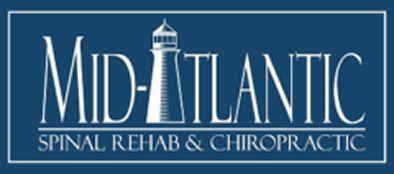Will Self-Driving Vehicles Lead To The End of Auto Accidents?
We have all seen the futuristic films depicting cars that drive themselves. In these utopian societies no one has to own a car or pay for insurance. Instead, they just hail a cab when they need one and pay per trip. The driver understands their input and takes them wherever they want to go. Actually, the more I say it outloud, the more it seems like the future is here with ride-share applications such as Uber and Lyft. In my last blog post I discussed the tricky insurance situations that come into play depending on where in a “ride cycle” a driver and passenger find themselves. Check it out if you haven’t already, because you may be surprised that the vehicle you are traveling in is not properly insured if a driver is using his personal auto insurance in a commercial ride share situation.
Google and other technology giants have been rolling out a different type of solution to congested roads – autonomous, or self-driving vehicles. They equip their cars (still in test mode) with dozens of cameras. Equipped with google maps, cameras, and engineering intuition these vehicles interact with the world around them in real-time. This allows for the vehicle to drive itself without human input. I’m not going to act like this isn’t insanely impressive. It is. The question, of course, is will self-driving vehicle lead to the end of auto accidents, and therefore, auto accident injuries as we know it?
I doubt it. On Valentine’s Day the first self-driving car caused a crash in San Francisco after striking a bus. While there have already been a few reported auto accidents involving Google’s self driving vehicles, it is the first one caused by the autonomous vehicle. In the past, the google vehicle was struck by various human drivers due to human errors.
In this instance the google vehicle stopped in a right lane. It sensed some sandbags near a storm drain and decided to hug the right side of the road. In so doing several other vehicles behind the google car drove past. The google algorithm calculated that a large bus would allow the google car back into its lane. But it was wrong. As the google vehicle attempted to merge back into traffic its front driver’s side (where the driver would be if the vehicle was not autonomous) struck the right side of the bus and bumped it at about 2 mph.
Google analyzed the data and determined that both the autonomous vehicle and the bus were at fault. The bus probably assumed that the google vehicle would stay where it was and the google mathematical assumptions thought that the bus would let it merge into the lane.
So what does this teach us? Whether it is human decision making or computerized assumptions, accidents, and therefore, injuries are always a probability. Google admits that it does not expect its vehicles to be perfect, but it does hope and expect to reduce the number of auto accident collision and injuries in the future.
Even if these vehicles were perfect in predicting behavior, it would take a very long time, perhaps generations, before humans voluntarily give up the thrill of driving and allow autonomous machines to take over. I expect there will be auto accident and auto accident injuries for many generations to come.
If you, or someone you know, has been involved in a Baltimore auto accident injury, please contact Mid-Atlantic Spinal Rehab & Chiropractic at (443) 842-5500. We would be happy to help!
Dr. Gulitz
